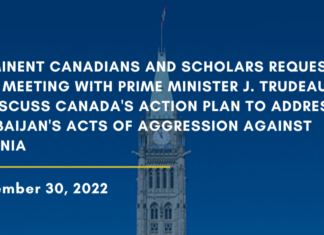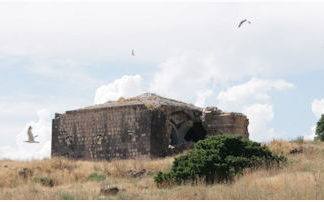By Hagop Vartivarian
The member states of the Collective Security Treaty Organization (CSTO) — Russia, Armenia, Belarus, Kazakhstan, Kyrgyzstan, Tajikistan and Ukraine — convened an unofficial consultative meeting in Yerevan in the middle of August, attended by the presidents of the aforementioned former Soviet republics, headed, of course, by Russian President Dmitry Medvedev. Armenia’s president, who has faced various difficulties on both the domestic and external fronts, received his counterparts with presidential decorum and treated them most hospitably.
Let me say a priori that the agreement with CSTO will undoubtedly be recorded as a success for President Serge Sargisian in the pages of our history. This is particularly so in these days when Baku, relying on the strength of its oil, is trying to shape public opinion in its favor with regard to the Karabagh conflict; it is wooing the West, on one hand, and Russia, Ukraine and Israel, on the other.
On August 20, at the conclusion of the negotiations that took place between the presidents of Armenia and Russia, Serge Sargisian and Dmitry Medvedev, an agreement was signed, extending the length of operation of the Russian military base in Armenia and expanding its responsibility.
As far as the military bases mentioned in the document signed by the defense ministers of the two friendly countries, Seyran Ohanyan and Anatoly Serdyukov, are concerned, the dispositions of the treaty signed on March 16, 1995 by Levon Ter-Petrosian and Boris Yeltsin underwent certain changes, which serve the interests of Armenia as much as, if not more than, those of Russia. According to Article 25 of the treaty, the Russian military base in Armenia shall remain for at least 49 years, instead of the previous period of 25 years. In addition, it was noted that besides protecting Russia’s interests, the military base must also protect Armenia’s security.
In the first instance, the Armeno-Russian accords extend the presence of Russian military bases in Armenia by 34 years, despite the fact that this might make relations difficult between the government in Yerevan and the West, and particularly NATO. However, on the other hand, Armenia will be able to purchase modern Russian ammunition until 2044 at the very least. Furthermore, if an unprovoked Turkish attack should occur, Russia will be able to centuple its 4,000-man army to defend the border along the Arax River.







